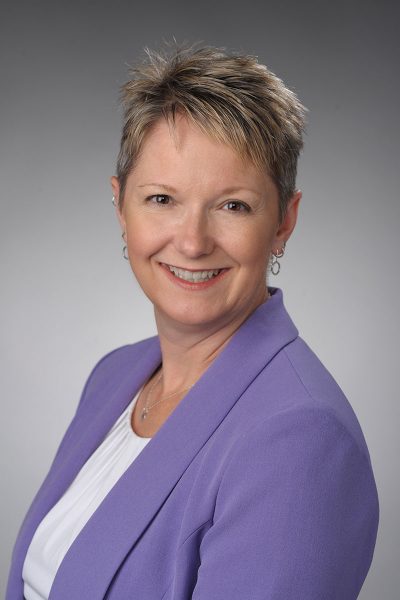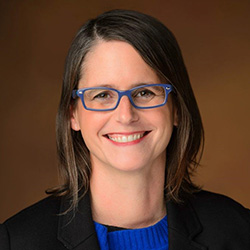IDJC’s ElectionGraph Launches Searchable Database, New Report Tracking ‘Inauthentic Influencers’
A new searchable database allows the public to examine groups running social media ads that mention U.S. presidential candidates, including secretly coordinated pages that are running identical videos or messages.
The work is the result of comprehensive research through the ElectionGraph project from the University’s Institute for Democracy, Journalism and Citizenship (IDJC). In conjunction with the new publicly available data dashboard, IDJC ElectionGraph researchers released a report that found about 2,200 webpages have run ads on Facebook and Instagram between Sept. 1, 2023, and April 30, 2024.
The ads, which mentioned President Joe Biden, former President Donald Trump or other presidential primary candidates, have collectively exceeded 1 billion impressions.

Though a majority of the pages analyzed appear tied to legitimate groups, a portion of the pages appear to be “inauthentic influencers” who are secretly coordinating and running identical videos or messages. Several of these groups include false or misleading information in their ads, the report found.
The research also captured evidence of a deepfake featuring manipulated audio of figures, including Trump and former Fox News host Tucker Carlson. And the findings detailed different political issues on which conservative and progressive-leaning pages are focusing their ad spends.
For conservative pages, immigration has been the top issue, surpassing the economy, while the economy was the top issue for progressive pages. Accounting for all pages regardless of leaning, ads related to the economy received the most ad dollars.
This is the second report from ElectionGraph, which seeks to identify misinformation trends in the U.S. presidential election and other top 2024 contests. The project is supported by a grant and use of analytics software from Neo4j, the world’s leading graph database and analytics company.
The Institute for Democracy, Journalism and Citizenship is a joint University initiative of the Newhouse School of Public Communications and Maxwell School of Citizenship and Public Affairs.
The IDJC ElectionGraph team’s efforts included pinpointing origins of messages and tracing misinformation by collecting and algorithmically classifying ads run on Facebook and Instagram, as well as social media posts on Facebook and X, formerly known as Twitter.

The network of authentic and inauthentic actors identified in the research represents just a fraction of all coordinated pages related to elections. Meta, which owns Facebook and Instagram, is the only social media group that grants approved organizations access to ad data. This data is not required to be disclosed and is not similarly trackable on TikTok, Google, YouTube or Snapchat, according to the report.
“What this research reveals is the surprising number of actors we know very little about who are spending money targeting voters with messaging on social media where there is little transparency,” says Jennifer Stromer-Galley, professor in the School of Information Studies and lead researcher for the project.
“It underscores that tech platforms need to do more to allow academics and journalists access to platform data so that political actors can be held to account with the American public,” Stromer-Galley says.
Johanna Dunaway, IDJC research director and a professor of political science in the Maxwell School, says that what stands out from the analysis is the reminder that the election information environment is more confusing than ever.
“Even as some things stay the same—like emphasis on the economy and more focus on advocacy and attacks than issues—opaque messaging from random one-off groups or complex hidden networks with questionable motives makes it increasingly difficult to identify credible messages and sources in the cacophony of campaign-related information,” Dunaway says.

The prevalence of inauthentic groups, scams and deepfake voices just within the parameters of the search shows a massive amount of manipulation and misinformation targeting Americans through the political information consumed online, says Margaret Talev, Kramer Director of the IDJC, professor of practice in the Newhouse School and a journalist.
“This is a situation of ‘voter beware’ but also ‘consumer beware’ because sometimes what looks like a bid for your vote may actually be a bid for your identity or your credit card information,” Talev says.
Jim Webber, Neo4j’s chief scientist, says that covert operations by coordinated networks in digital civic spaces is a dangerous modern reality—while the company’s graph technology is enabling IDJC’s researchers “to uncover the hidden patterns and actions of those covert actors” and identify misinformation and misleading content.